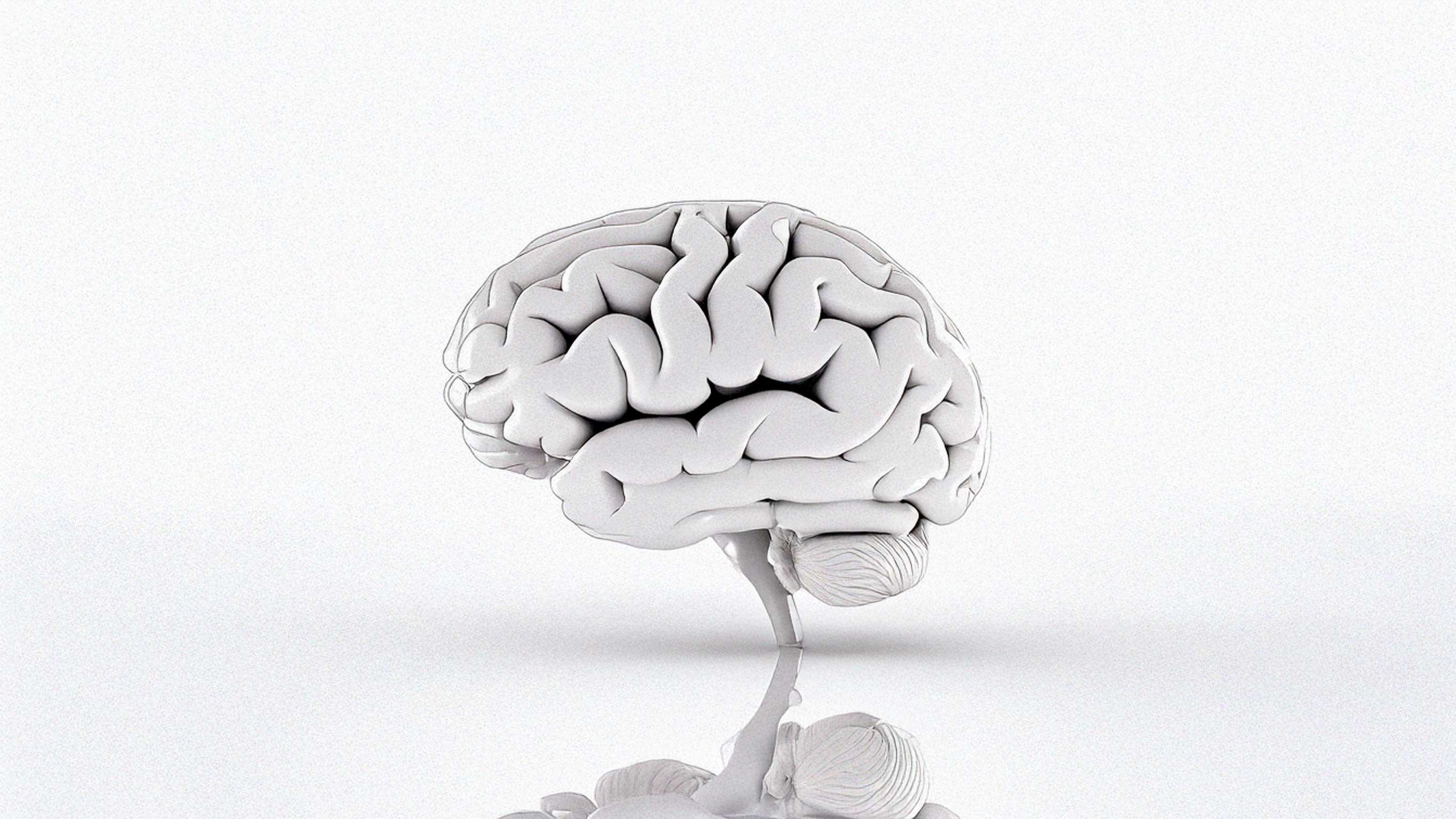Artificial intelligence (AI) is revolutionizing the digital design industry.

July 28, 2025

AI is no longer just a behind-the-scenes tool—it’s now a powerful creative partner. From speeding up workflows to enhancing personal experiences, AI is transforming how digital products are imagined, designed, and delivered.
Artificial intelligence is breaking into the creative realm—not to replace designers, but to expand their possibilities. Tools like Runway ML, DALL·E, and other generative platforms are helping creatives:
By handling repetitive edits and idea generation, AI frees designers to focus on strategy, storytelling, and high-concept execution.
💡 Think of AI not as the artist, but as the assistant—speeding up the process, not replacing the vision.
AI's ability to interpret user behavior is a game-changer for digital design. By analyzing patterns like:
...designers can now build websites and apps that adapt in real-time. Examples include:
This leads to truly human-centered design, where each user’s experience feels intuitive and relevant.
Speed is crucial in modern design cycles—and AI delivers. With intelligent layout predictions and content-aware features, platforms like Figma AI and Adobe Firefly allow:
Faster prototyping means more time for testing, stakeholder feedback, and refining ideas without delays.
Design decisions today aren’t just aesthetic—they’re evidence-based. AI tools can process massive amounts of user data to surface insights like:
This data helps designers move beyond guesswork and into strategic, validated choices—leading to designs that not only look good but work better.
As AI handles more technical and analytical tasks, the role of the designer is shifting. What’s rising in value:
Designers are now becoming experience architects—guiding AI systems, shaping interactions, and ensuring that tech solutions stay empathetic and purposeful.
🧩 AI doesn’t replace designers—it expands their creative reach and strategic influence.
AI is ushering in a new era of design that’s faster, smarter, and more personalized. But its true power lies in collaboration. When designers harness AI as a creative tool—not a substitute—they unlock more time for innovation, empathy, and storytelling.
The next generation of digital design will be shaped by this partnership—where intelligent tools and imaginative minds create together.
© 2025 CREATIVEMODE STUDIOS. All Rights Reserved.